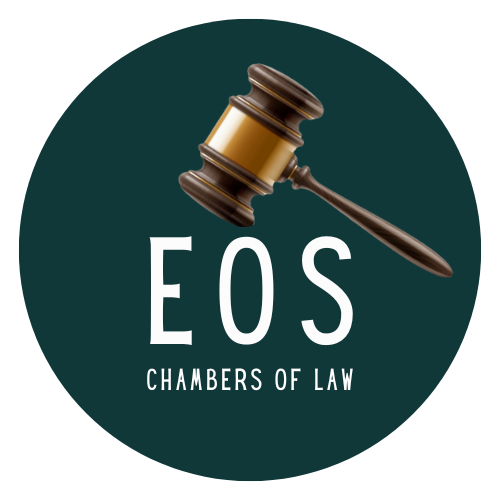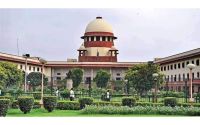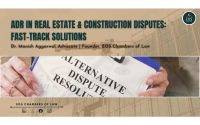Judicial Decorum vs. Legal Expression: Balancing Dissent wit
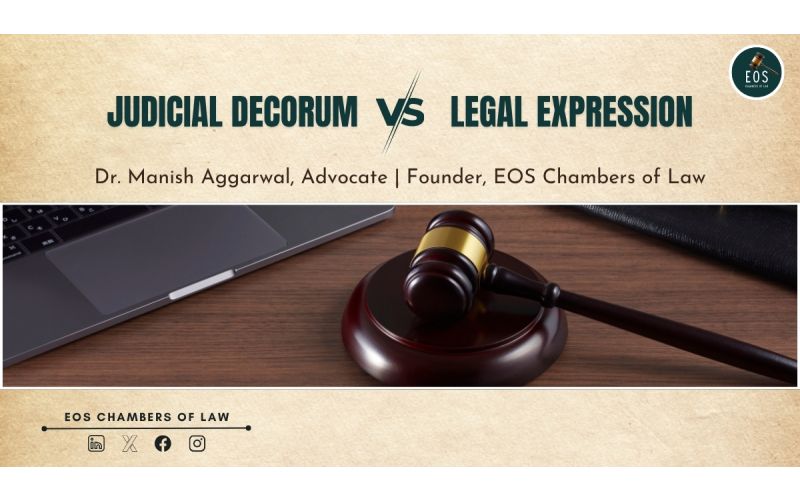
Judicial Decorum vs. Legal Expression: Balancing Dissent with Discipline in India’s Courtrooms
🏛️ The Incident That Sparked a National Conversation
The recent events in the Supreme Court of India have reignited a fundamental debate — where does a lawyer’s right to expression end and duty to maintain decorum begin?
A courtroom is not merely a space for argument; it is the sanctum of justice. When emotions overpower ethics, or when disagreement slips into defiance, it threatens not only the dignity of the judiciary but the very foundation of public trust in the justice system.
🗣️ Freedom of Expression: The Lawyer’s Shield
Every advocate has the constitutional right to freedom of speech and expression under Article 19(1)(a) of the Indian Constitution.
However, this right is not absolute — particularly within the court’s precincts, where order, respect, and decorum are vital to the functioning of justice.
Expression in court must serve a constructive purpose — to assist the Bench, to clarify the law, and to represent the client with reasoned persuasion.
But when expression transforms into confrontation, it ceases to be advocacy and becomes disruption.
⚖️ Judicial Decorum: The Cornerstone of Justice
Judicial decorum isn’t about silencing lawyers; it’s about preserving the sanctity of the institution.
As the Supreme Court has observed in Re: Vinay Chandra Mishra (1995), “A lawyer is not merely the mouthpiece of his client but also an officer of the court.”
This dual role demands balance — the advocate must defend fiercely yet speak respectfully, question strongly yet conduct gracefully.
When decorum erodes, justice loses credibility. And in a nation where faith in the judiciary binds democracy together, that loss is too costly to ignore.
🧭 The Role of Bar Councils: Time for Introspection and Reform
India’s Bar Councils must step forward to create clear behavioural and ethical frameworks that protect both —
-
the freedom of expression of advocates, and
-
the disciplinary integrity of the courtroom.
Suggested Guidelines:
-
Revised Code of Conduct: Update the Bar Council of India Rules to define acceptable courtroom expression, distinguishing passion from misconduct.
-
Ethics Refresher Programs: Mandatory annual ethics and courtroom discipline workshops for practising advocates.
-
Swift Disciplinary Review: Establish fast-track grievance mechanisms for courtroom misconduct, ensuring accountability without bias.
-
Dialogue, Not Dictate: Promote regular forums where judges and senior advocates can discuss evolving professional conduct standards.
-
Digital Conduct Policy: In the age of live-streamed hearings, define decorum for digital and hybrid courtroom behaviour.
🌍 Learning from Global Practices
Other jurisdictions — such as the UK and Canada — treat courtroom decorum as a matter of professional identity.
Bar Associations conduct continuous education programs focusing on emotional control, respect for the Bench, and ethical advocacy.
Adopting similar models in India can modernize our legal ethics framework while preserving our rich legal traditions.
💬 Conclusion: The Balance Between Voice and Virtue
True advocacy lies not in raising one’s voice but in raising the quality of one’s reasoning.
A lawyer’s words carry weight only when they are grounded in respect — for the law, for the court, and for the truth.
As members of the Bar, our expression must strengthen justice, not shake its pillars.
Dissent is essential — but dignity must remain inviolable.
#IndianJudiciary #SupremeCourtOfIndia #RuleOfLaw #BarCouncil #Advocacy #LegalEthics #CourtroomDecorum #Justice #DrManishAggarwal #EOSChambers
Post Categories
Featured Posts
Latest Posts
Latest Posts

Estate Planning and Succession Laws for NRIs A Comprehensive Guide...
Estate Planning and Succession Laws for NRIs A Comprehensive Guide Estate planning is not just a necessity it's a critical step in securing your family rsquo s future ensuring the seamless transfer of assets and minimizing legal complications For Non-Resident...

Supreme Court Has Prepared A Handbook On Combating Gender Stereotypes...
Chief Justice of India DY Chandrachud announced today morning that the Supreme Court has prepared a ldquo Handbook on combating Gender Stereotypes rdquo in order to identify and remove the use of words and phrases which are loaded with gender...

Personal Data Protection Bill Implications for Businesses and Individuals...
The Personal Data Protection Bill PDP Bill is a transformative piece of legislation aimed at safeguarding personal data and ensuring privacy in India Here rsquo s a concise overview of its key provisions and implications for businesses and individuals Key...

Recruitment Process -Last Date To Fulfil Eligibility Criteria Is Last Date To Submit Applications...
The Supreme Court emphasized that where there is an absence of any specific rule or prescription the last day for fulfilling eligibility is the last date of submission of the application The Court made the observation while refusing the benefit...
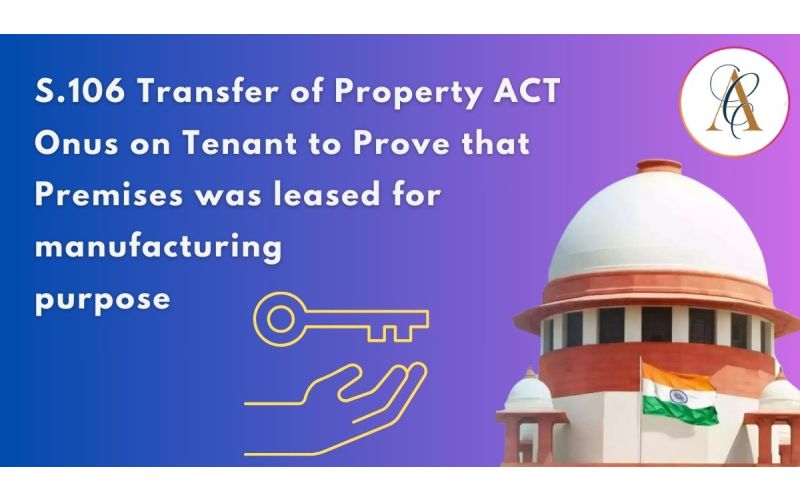
S Transfer Of Property Act Onus On Tenant To Prove That Premises Was Leased...
The Supreme Court Bench comprising Justice Aniruddha Bose and Justice Vikram Nath has held that in order to attract the application of Section of the Transfer of Property Act which requires months rsquo notice for termination of lease...
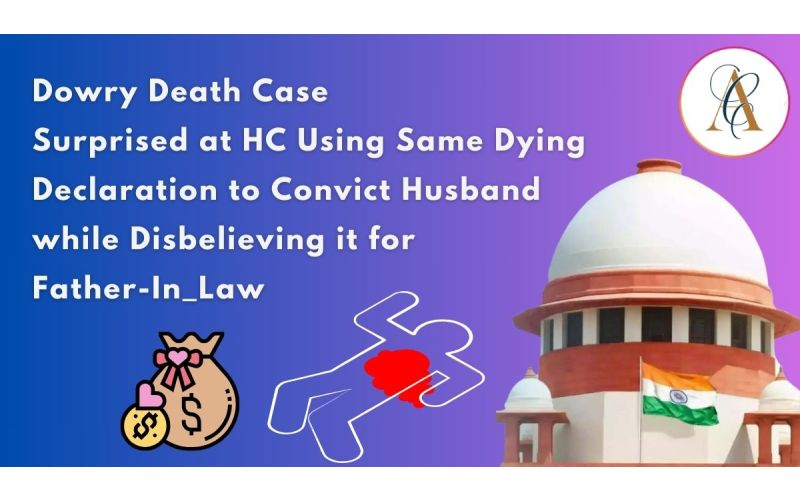
Dowry Death Case Supreme Court Surprised At HC Using Same Dying Declaration To Convict...
The Supreme Court while acquitting a convict in a dowry death case emphasized the critical importance of ensuring that a dying declaration is trustworthy and reliable and inspires confidence when it is considered the sole basis for a criminal conviction...

Speak With Our
Get a Appointment
